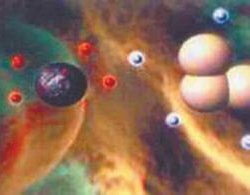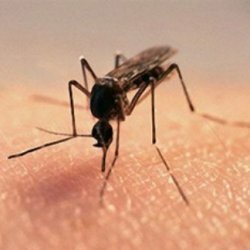Hip Dysplasia
Congenital defects of the anatomical structure of the hip joint include dysplasia, and it consists in its underdevelopment, which causes secondary coxarthrosis to form with age. It was established that the formation of a hip joint defect occurs precisely during fetal development, due to the influence of a number of exogenous and endogenous factors( elderly parents, heredity, toxicosis of pregnancy, endocrinopathy in the mother, beriberi, threatening miscarriage, infectious diseases, pathological birth, high radioactive backgroundAnd so forth).
Pathogenesis of hip dysplasia
With dysplasia of the hip joints, the following changes are observed. This is the elongation of the joint capsule, as a result of which one or another degree of dislocation of the femoral head is probable, the ligament can not be developed, and the flattening of the acetabulum, which has an ellipsoidal shape with a normal, geometrically regular thigh head, is possible.
The above discrepancy between the articulating surfaces of the hip joint( congruence) is fixed during the development of the child and leads to the fact that in the process of walking the hip joint resilience is disrupted. The joint then experiences a huge load per unit area of both surfaces. This causes the development of degenerative changes in the cartilage in an inferior joint - a secondary coxoratrosis.
The consequence of segmental tissue inferiority are defects of the hip joint. With significant joint dysplasia, the femoral head may be in a state of subluxation or complete anatomical dislocation. In these cases, one can speak of congenital subluxation or dislocation of the hip joint.
Symptoms of hip dysplasia
Clinical signs of this pathology are asymmetry on the hips of the skin folds, revealed when viewed from the front, as well as the back side. Also, limiting the withdrawal( passive) of the hip to the sides with the position of the baby on the back, with bent knee, as well as hip joints. Normally, the number of folds on both legs is the same, and the removal of the legs to the sides is possible up to an angle of 80-90 °.If dysplasia is diagnosed, then passive foot-keeping is limited to 50-60 °, and the doctor may feel some resistance on the affected side due to the resistance of the hip muscles.
A reliable symptom of hip dysplasia is a click symptom. This symptom is checked in the position of the baby on the back. Legs are bent at knee and hip joints at an angle of 90 °.At the same time, the researcher's hands cover the knee joints so that the first fingers on the inner surfaces of the knee joints of the baby lie, the index fingers in the zone of large trochanteres, and on the outer surface of the thighs - the remaining fingers. A specialist fixes one leg, the other determines the presence of a click symptom, while exerting pressure along the hip axis. After this leg is taken out at an angle of 50-60 °, the index finger is pressed onto a large spit. Typically, with dysplasia, the click sound is heard again. In this way, another leg is examined.
This click sign can be explained by slipping the lumbosacral muscle from the surface of the( front) hip head, which does not fully enter the acetabulum. Such a symptom of a click can be detected during the first week of life of a baby who has a dysplasia of this joint. After a while this symptom disappears. Also, from the indirect symptoms of dysplasia of the hip joints, other signs of congenital pathology of the osteosynthesis system can be taken into account. Of these, we can distinguish: the softness of the bones of the skull( craniotabes), polydactyly, torticollis, flat-fleeced varus or valgus stop. Sometimes in a baby with dysplasia of this joint, reflexes that are characteristic of the period of newborn infants( sucking, sheinotonic, search) are violated.
In some cases, especially in the diagnosis of mild hip dysplasia, radiographic examination of the pelvis is recommended, which is assessed by an experienced radiologist. This ailment should be treated on time to prevent the development of secondary coxarthrosis.



